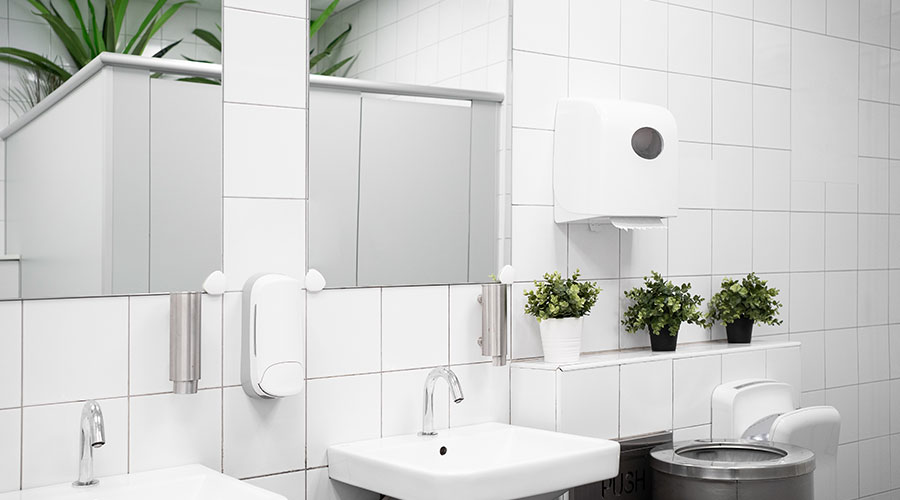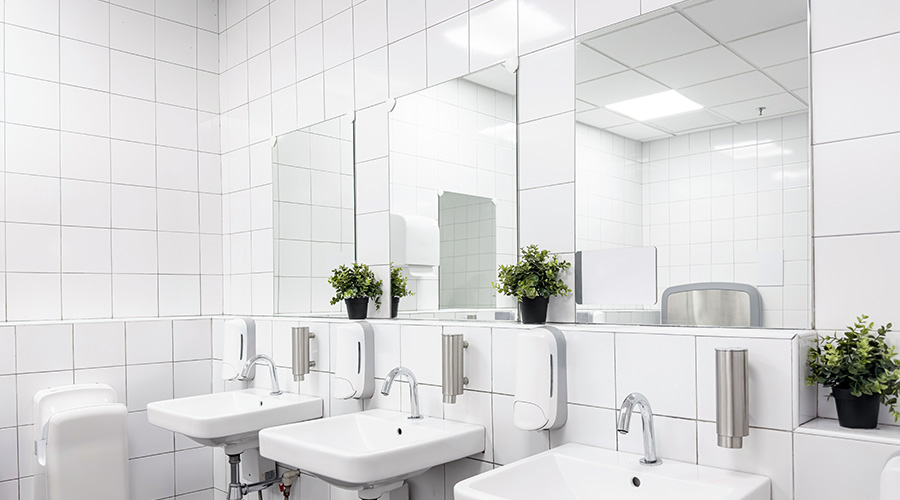Drain Cleaning: Inspection-Camera Technology Evolves
The technology behind drain-cleaning equipment has come a long way in recent years. Now, front-line technicians have even greater diagnostic power when confronted with clogged or slow piping systems.
By understanding the technology advances and the wider array of inspection functions today's drain-cleaning systems offer, maintenance and engineering managers can improve department productivity and piping-system performance.
Inspection Technology
Drain-cleaning cameras and inspection systems offer users three important opportunities to inspect and assess the situation:
- before cleaning to determine the extent of the problem, its location, and required actions
- during cleaning to determine progress
- after cleaning to determine if the technician performed the cleaning properly and ensure the free-flowing condition of the pipeline.
Inspection cameras have several key components, including the cable reel, the pushrod, and the camera chip in a pickup head with a light source to illuminate the object being inspected. These components connect to the monitor by video cable or wirelessly to complete the basic package.
These components form one system technicians can move to and around the jobsite. Early-generation cameras rotated in the drain, causing the display to show the water at the bottom, side or top of the picture. Now, manufacturers have released self-leveling cameras that always show the water at the bottom in the correct orientation as it sits in the drain line.
Users can add accessories, such as DVD or CD recorders, sewer-inspection software to help capture and report data, and locator devices to help identify elusive underground pipelines.
Related Topics:














